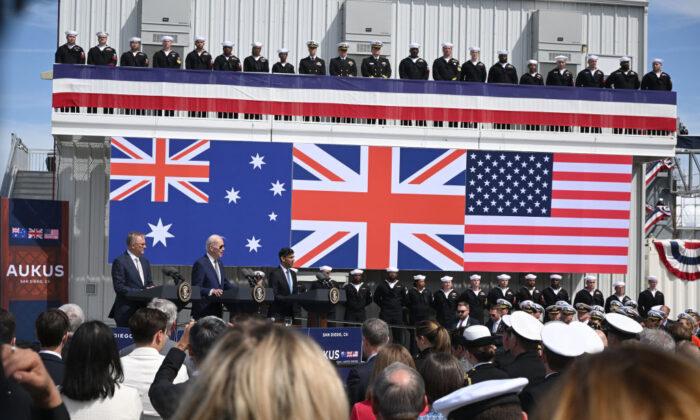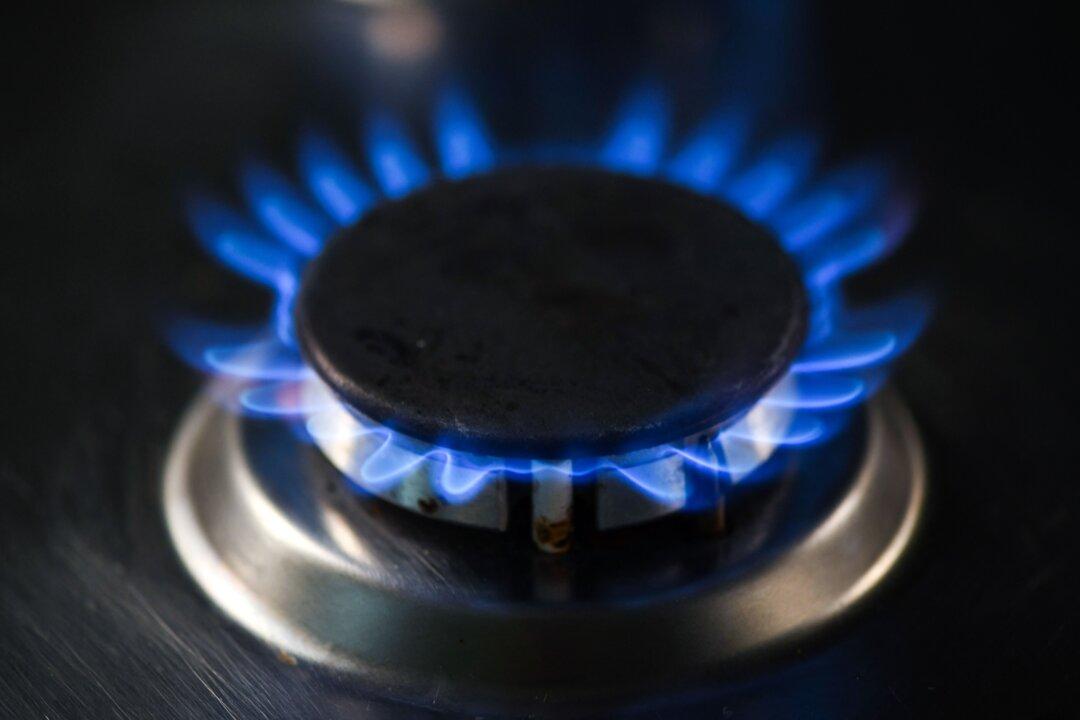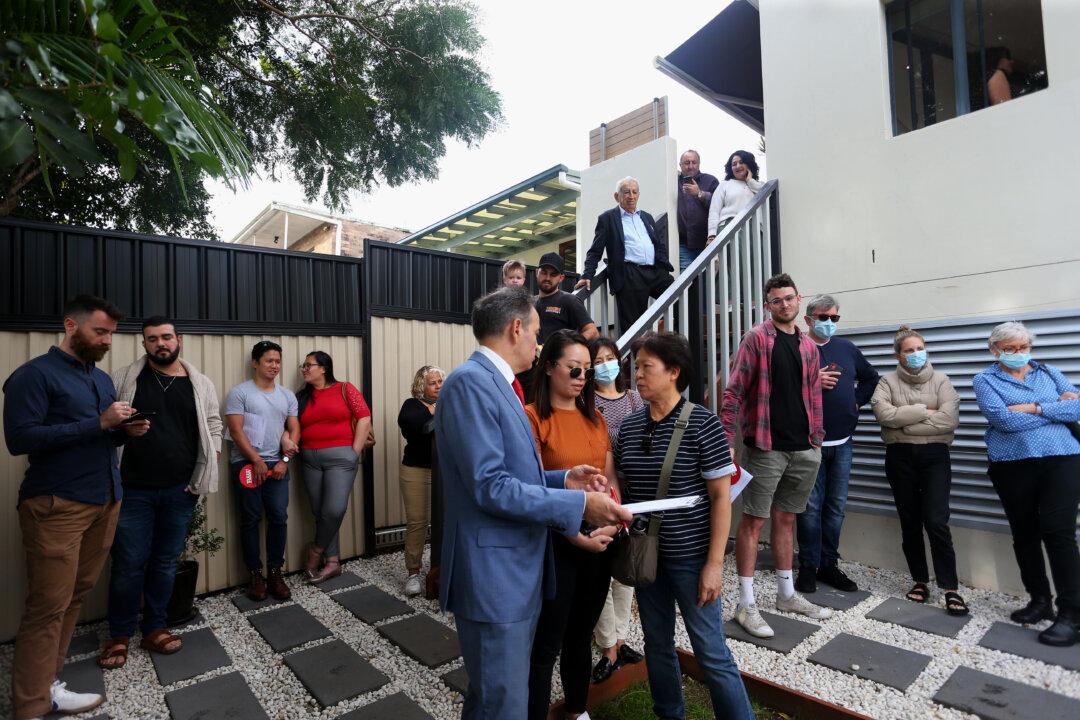The Labor party has announced its policy costings, which are expected to put a $7.4 billion (US$5.19 billion) dent in the federal budget over the next four years if the centre-left political party wins the election on May 21.
More specifically, the promises made by Labor during the six-week election campaign will cause the budget deficit for the 2022-2023 financial year to rise to $79.1 billion.
In comparison, the departments of Treasury and Finance forecast a $77.9 billion budget deficit in the early days of the election campaign.
Shadow Treasurer Jim Chalmers said investing in childcare, training and education, and cleaner and cheaper energy would be a focus for a Labor government.
According to Labor’s finance spokeswoman Katy Gallagher, while the number of investments proposed by the party would reach $18.9 billion over the four year period, it would be partly covered by $11.5 billion in budget improvements.
“This is the responsible approach to budget management that the Australian people deserve from the government. And it is a real contrast to a tired government that has rorted and wasted millions of dollars,” she said.

Labor’s most significant election commitment is providing cheaper childcare, which is expected to cost taxpayers $6 million in 2022-2023 but will soar to $1.8 billion by 2025-2026.
Similarly, the cost of tackling what the party calls the “aged care crisis” starts at $11.4 million in 2022-2023 but will balloon to $1.3 billion in 2025-2026.
Regarding savings, Labor proposed to slash $350 million from uncommitted funding in the Coalition’s community development grants program and return the regionalisation fund to the budget.
“These two decisions alone will repair the budget by $750 million over the forward estimates,” Labor said.
Nevertheless, Prime Minister Scott Morrison said that the additional borrowings resulting from Labor’s policy would add pressure to interest rates and living costs.
He also criticised the Opposition’s scheme to save $400 million by abolishing temporary protection visas and said that it would hurt the budget due to the costs of dealing with people smugglers.





